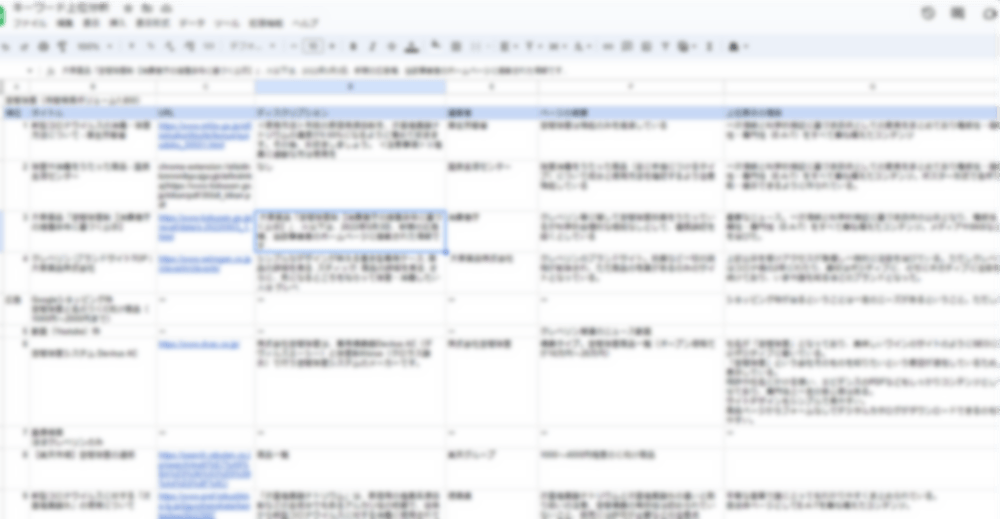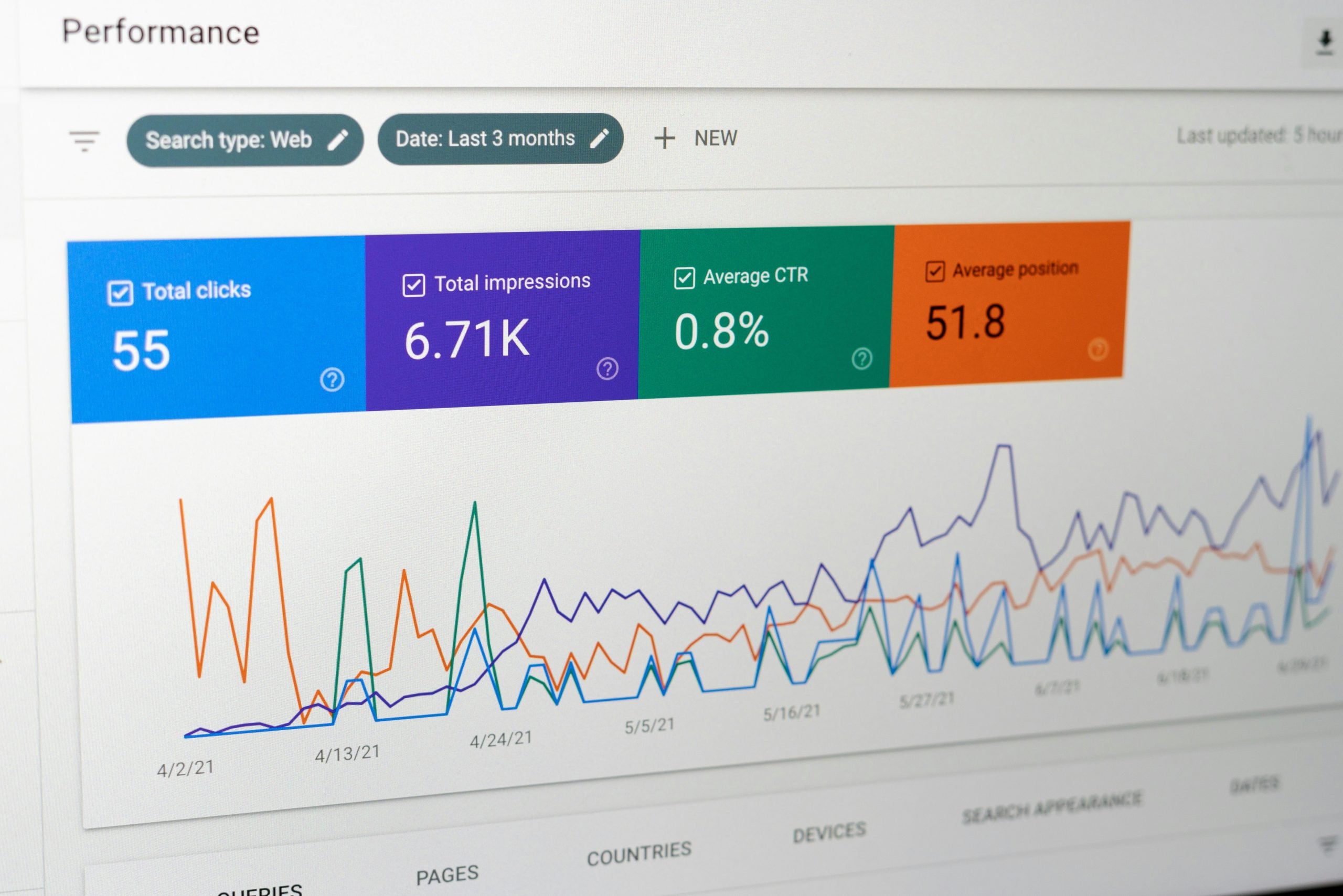Case Study: EC Site Improvement Consulting
We provided consulting services to improve an EC site that handles only in-house BtoB products.
The client faced the following challenges, which our company helped resolve:
- The EC site was difficult to use, but they did not know exactly what was wrong
- They did not know how to improve the site
- Organic traffic had suddenly dropped, creating a sense of urgency
- They were unable to determine the site’s potential and the right direction to take
- Lack of SEO knowledge within the company and uncertainty about how to attract traffic online
- Despite being a well-known manufacturer in the industry, they felt a crisis in relying solely on traditional sales channels
The EC site handled only in-house products, with high unit prices ranging from hundreds of thousands to millions of yen.
Most of the customers were corporate clients.
Based on this situation, our company implemented concrete improvements following these key points:
Current Site Analysis
Using Google Analytics (including GA4), we analyzed traffic sources, conversion paths, and seasonal trends.
We also used Google Search Console to identify the queries bringing traffic, SERP appearance, and CTR trends.
In addition, we conducted interviews on market conditions and trends to evaluate site data from multiple perspectives.

The analysis showed that half of the traffic came from organic search, and the other half from the corporate site subdomain.
Therefore, it became clear that not only SEO measures but also increasing traffic to the corporate site itself and improving navigation from it were crucial.
Furthermore, the sudden drop in organic traffic was caused by a CMS migration in which redirect settings were overlooked. As a result, all old CMS pages returned 404 errors, and Google’s SEO evaluation was reset.
Additionally, most customers were Windows users, yet the site used the “Hiragino” font, which is not standard on Windows. This unintentionally deteriorated the user interface for Windows users.
Competitor Analysis and Direction Setting
From an SEO perspective, it is important to focus on queries directly or indirectly related to sales, or those in which competitors rank highly, and improve content accordingly.
Based on Search Console data, we identified queries directly tied to the client’s business and conducted competitor analysis.

However, related queries had search volumes of only 100–200, meaning that even if ranked #1, the expected traffic would be limited.
Therefore, instead of allocating resources to SEO content creation, we prioritized improving site usability and UI, to enhance the experience of high-intent visitors.
*In BtoB businesses, search volumes are often small, so even top rankings may yield limited traffic and poor ROI. On the other hand, if product unit prices are very high, investing in SEO content can still be effective. In this case, however, priority was shifted to UI/UX improvements.*
Heatmap Analysis and Improvements
We introduced heatmap tools such as Microsoft Clarity to analyze how users behaved after landing on the site.

The analysis revealed that some banners in the main visual were not being clicked as expected.
We redesigned the banners, created multiple variations, and conducted A/B testing to optimize them.
We also found that the left sidebar menu was underutilized and inconvenient for users. As a result, we reorganized it from a user-first perspective and made it easier to use.
It is often very difficult for sellers themselves to evaluate their sites from a user’s perspective.
By leveraging our third-party and user-first perspective, we identified improvement points from scratch and translated them into actionable measures.
Content Improvements
Access analysis revealed that high-intent users were particularly interested in the existing “How to Choose Products” content.
We therefore improved this content, which contributed to increasing the click-through rate (CTR) of CTAs.
- Issues identified: insufficient text volume
- Lack of clarity in pros and cons of each product category
- Inappropriate CTA links
- Poor guidance to CTAs
- Dark and unappealing design
- Unclear content structure
The original content was too sales-oriented and not helpful for users.
As a result, many visitors left without taking action, leading to lost opportunities.
After improvements—including revising CTA text and UI flow, refreshing the design, and restructuring content from a user’s perspective—we achieved higher conversion rates (CVR).
Results Verification
We quantitatively verified the results of the improvements.
For SEO, we tracked ranking changes using Search Console and rank tracking tools.
For site improvements, we re-analyzed traffic using GA4.

We also used heatmap tools to evaluate changes in user behavior and measure outcomes.
Improvement Results
Redesigning the main visual significantly increased banner click-through rates.
The banners and linked pages promoted the flagship model, and while not all users purchased immediately, we successfully increased awareness among highly qualified prospects.
In addition, the target query—previously ranking on the second page (13th–15th positions)—
reached #1 within six months after the site improvements.
